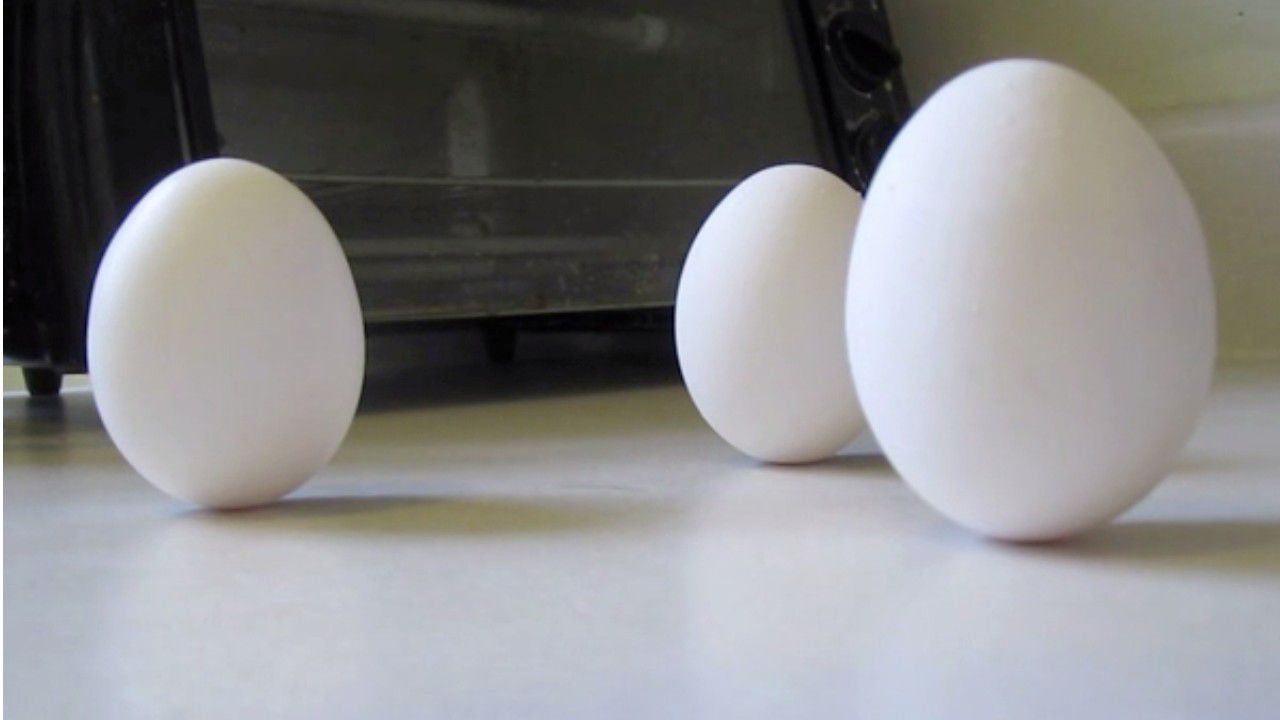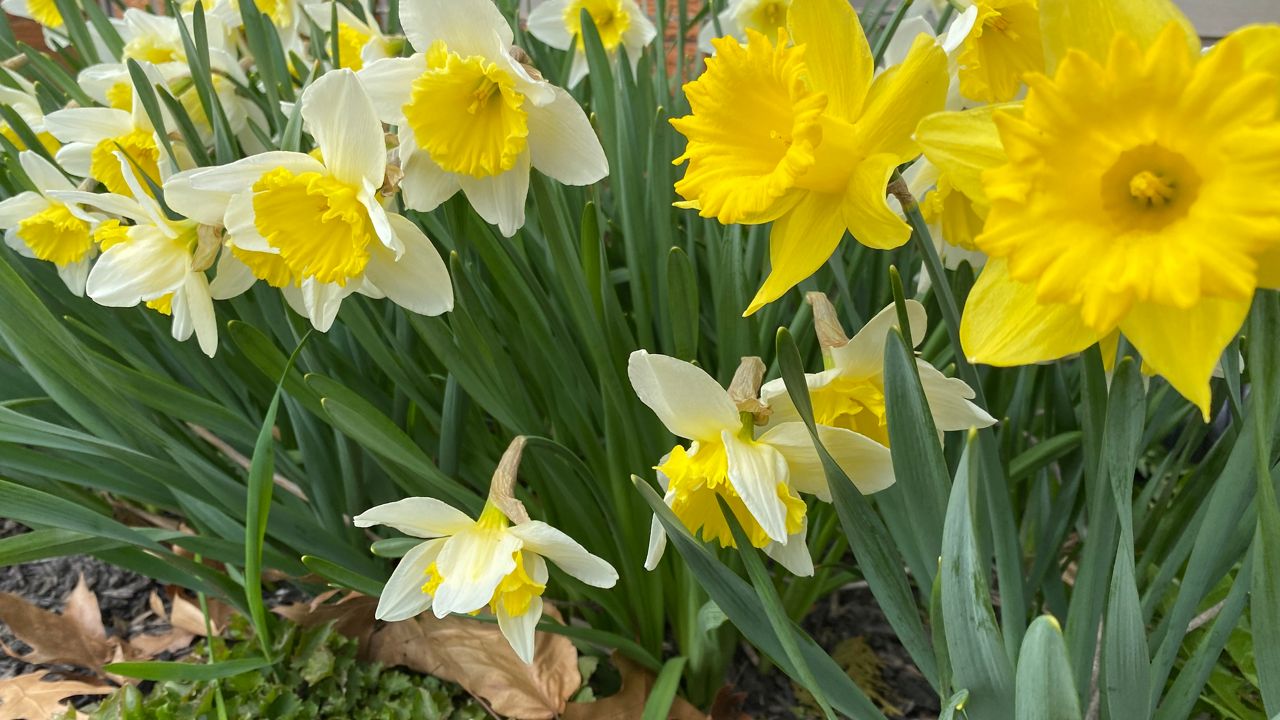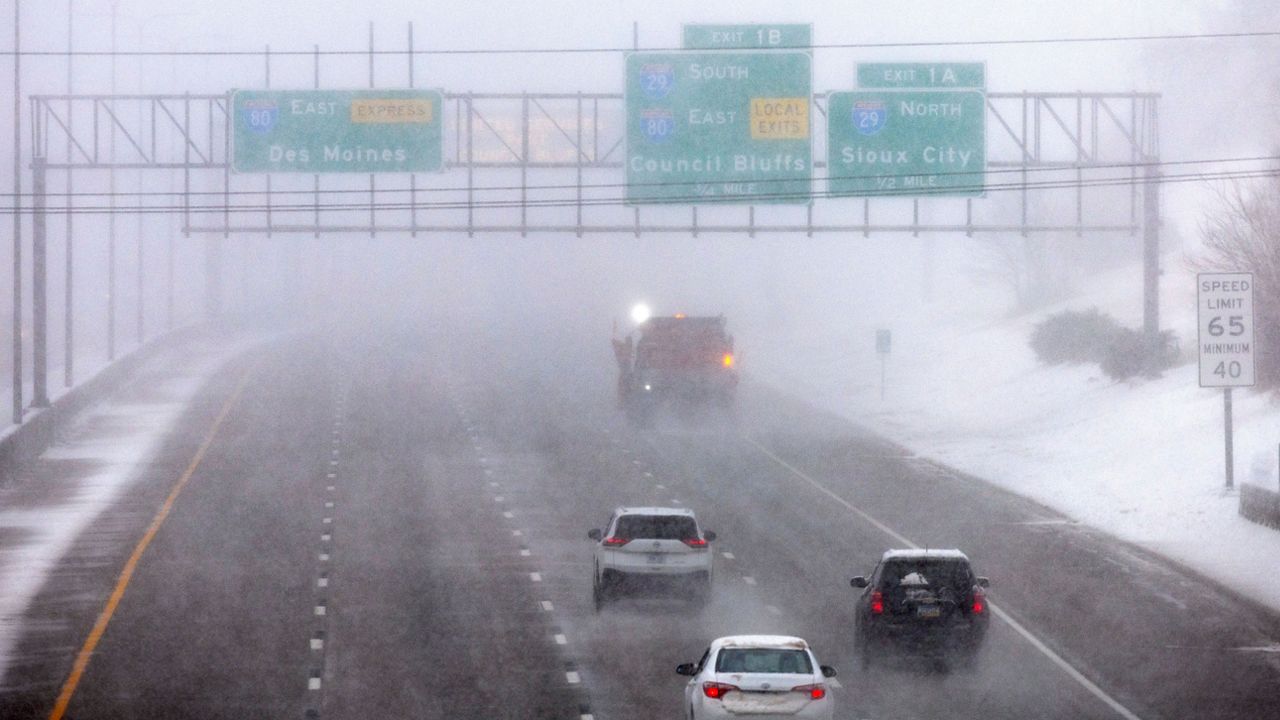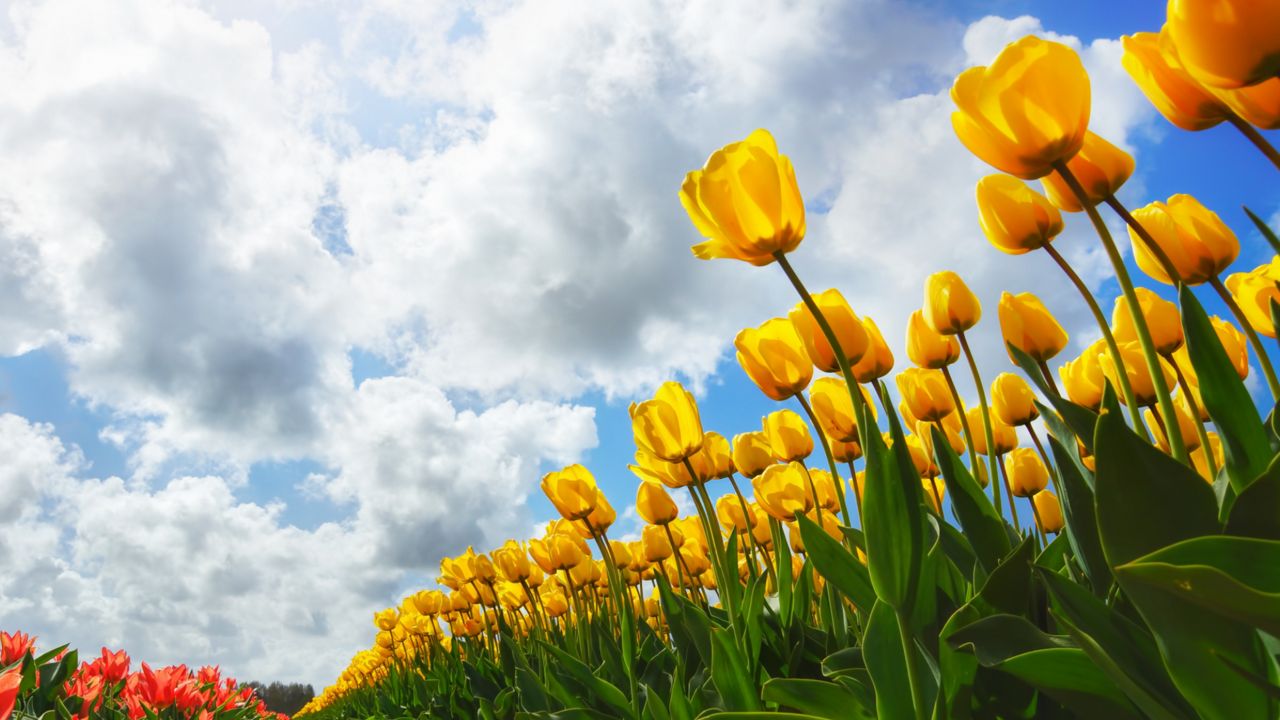Everybody knows you can balance an egg on the equinox, the day with 12 hours of light across the planet... right?
There are various theories surrounding the equinox, which happen every year in March and September. Let’s separate fact from fiction.
Have heard that you can balance an egg only on the equinox?
Try it on a day other than the equinox. You’ll find that you can do it then, too! It just takes the right egg and a bit of patience.
The egg-balancing myth swept over to brooms, which spread wildly thanks to social media. Like eggs, you can balance a broom with stiff, straight bristles any day of the year. There’s no exceptional, mysterious gravitational pull during the equinox that will balance your egg and/or broom.
The equinox happens when the sun passes the “celestial equator,” the imaginary line in the sky above the Earth’s equator. It’s just a moment in time. For example, the spring equinox for 2025 is at 5:01 a.m. While we observe the equinox as the first day of spring or fall, it’s just an instant.
No, there’s not exactly 12 hours of daylight and 12 hours of night around the globe on the equinox. We have more than 12 hours of daylight on the equinox. The date when daylight and nighttime are both closest to exactly 12 hours falls a few days before the spring equinox and a few days after the fall equinox.
So, why isn’t it exactly 12 hours? There are a handful of reasons, but two stand out. First, sunrise and sunset are when the very top-most tip of the sun–not the middle–crosses the horizon. Second, our atmosphere bends sunlight, so we see the sun a little longer than we “should,” so to speak.
It’s understandable why some think the equinox means 12 hours of daylight and 12 hours of night. The word “equinox” translates to “equal night”. It comes from the Latin word aequinoctium–“aequi” meaning equal, and “nox” meaning night–according to Mirriam-Webster.
If you want to impress your friends (or maybe just make them roll their eyes), you can mention the equilux (“lux” coming from Latin for “light”). That’s the date when day and night are equal lengths, although a true equilux is pretty rare.
For those of us in the Northern Hemisphere, our shadow will be shortest on the summer solstice when direct sunlight reaches the northernmost point of its annual journey. A person’s shadow disappears only where the sun is directly overhead, which isn’t anywhere close to home on the equinox.
What we call the fall equinox in the Northern Hemisphere is the spring equinox in the Southern Hemisphere. It might be hard to imagine, but our friends on the other side of the planet enjoy spring from late September through late December as the Earth’s tilt gives them increasingly direct sunlight.
Our team of meteorologists dives deep into the science of weather and breaks down timely weather data and information. To view more weather and climate stories, check out our weather blogs section.
Justin Gehrts - Senior Weather Producer
Justin Gehrts is a senior weather producer for Spectrum News. He has well over a decade of experience forecasting and communicating weather information. Gehrts began his career in 2008 and has been recognized as a Certified Broadcast Meteorologist by the American Meteorological Society since 2010.








